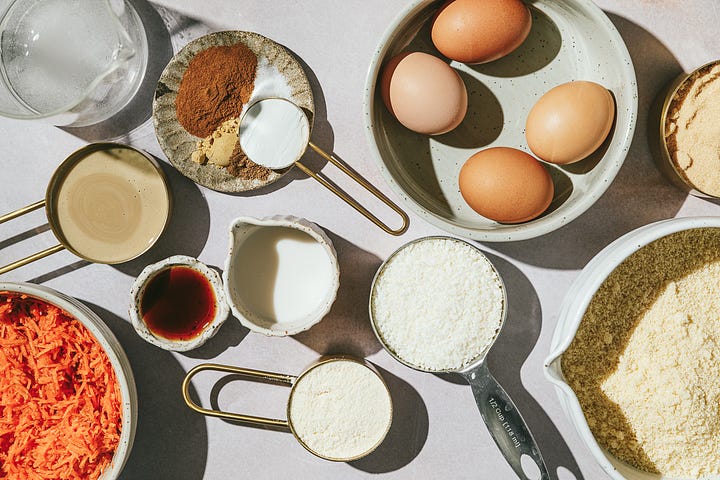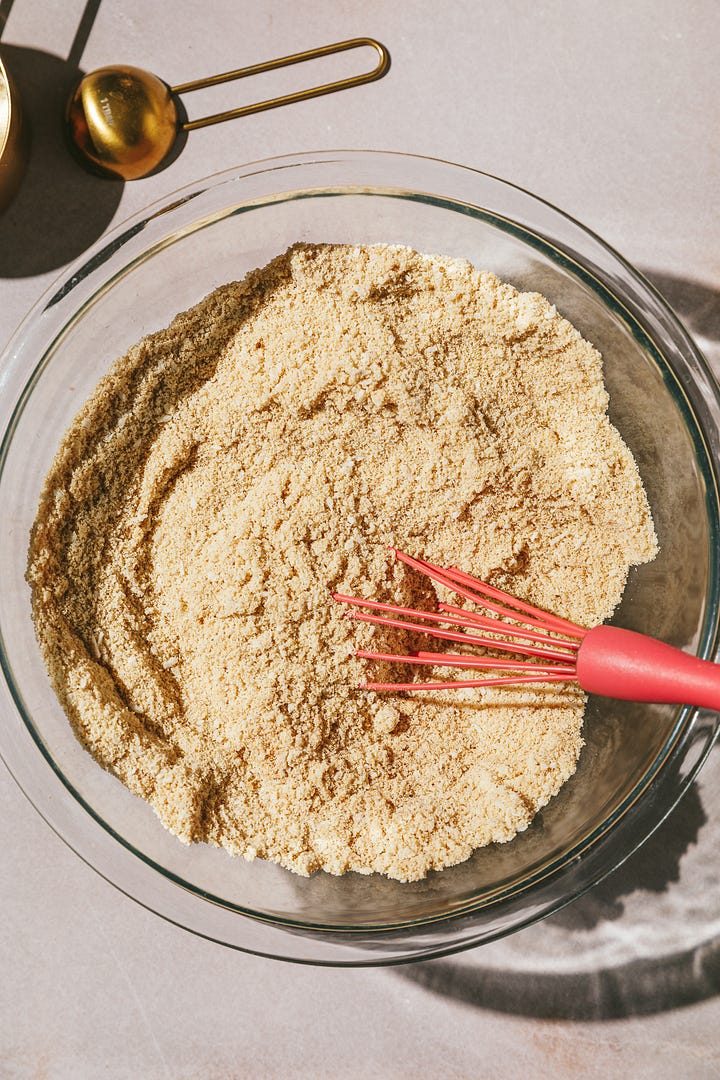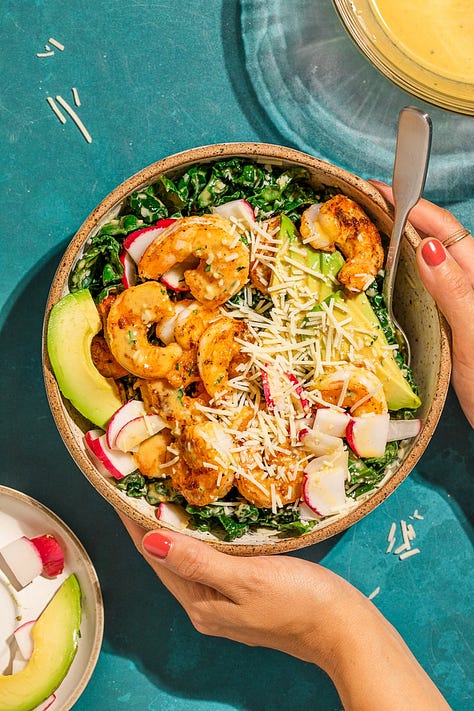When Ian was first diagnosed with brain cancer and we made the decision to start him on a ketogenic diet, I remember raiding our pantry immediately and tossing out the majority of the foods in there.
Part of me did this in solidarity while the other part of me did it out of frustration / anger / the ridiculous need for control over something— anything. If I couldn’t change what was happening, at least I could change what we ate. And the first year or two, that became an obsession.
Over the years of feeding my family, I’ve had times when prioritizing health with laser-focused “control” just became unhealthy. Fast-forward seven years and our pantry now reflects the gradual change in my mindset: balance.
There are grass-fed meat sticks alongside my kids’ cereal. Healthy cooking oils and leftover Christmas chocolate. Almond flour and regular flour and even sugar(!!!!) for the times when a low-carb alternative just won’t do.
And that’s okay. We do our best and I try to stick to the 80/20 rule. My cluttered, contradicting mess of a pantry is proof.
Whether you are new to low carb, a seasoned pro, or you’re trying to incorporate some healthy swaps — either little by little or as a full-blown pantry clear-out — I thought it would make a fun series to share a few of the healthier alternatives that have become pantry staples for me over the years. So here’s Part 1, and it’s all about my very favorite hobby: baking!
Baking items I always have on hand
When it comes to low-carb baking, you’ll notice a theme. Almond flour is often used as an all-purpose flour substitute, while a granulated low-carb sweetener (like a monk fruit blend or Swerve) is your sugar replacement.
These sugar alternatives can take some time to get used to (in both taste and digestion), which is why I often don’t use them if I’m baking treats for another family, my kids’ friends, or for a large gathering. They’re also not created equal so I recommend trying out a few before you nix them completely! I’ll share my favorites below.


Baking
Almond flour: The “all-purpose flour” of low-carb baking since it works as a 1:1 substitute for regular flour (with a different texture, of course). Almond flour is what I use in about 95% of my keto baking recipes like these Peanut Butter Cookies and Banana Muffins. Make sure to use super fine almond flour that is blanched (skins removed). I wrote more about the differences between all-purpose flour and almond flour here!
Coconut flour: Coconut flour is a little trickier to work with as it’s ultra absorbent. I often combine a little bit of it with almond flour to achieve a better texture in a baked good. Very rarely, I’ll use it on its own like in my Fudgy Keto Brownies recipe or these Lemon Poppy Seed Muffins. The biggest thing to remember: coconut flour does not work as a 1:1 substitute for almond flour.
Monk fruit sweetener: I’m a big fan of Lakanto’s Golden Monkfruit sweetener as a sugar replacement and now an even bigger fan of their new Monkfruit and Allulose blend (Amazon affiliate links). Other sweeteners I like include granulated and liquid allulose and pure, liquid monk fruit, although I usually use liquid sweeteners less for baking and more for things like salad dressings, sauces and drinks.
Sugar-free or low-carb chocolate: Lily’s has lots of options for baking chips (semi-sweet, dark chocolate, white chocolate, caramel chip) and Hu Kitchen makes a nice chocolate that is low in sugar and sweetened with dates.
Raw nuts and seeds: I keep an assortment of pecans, walnuts, Brazil nuts, macadamia nuts, almonds, pepitas, sunflower seeds, hemp seeds, flax seeds, and chia seeds. Not only are they great for baking, but also snacking. I often toss whole nuts into smoothies or top salads, yogurt, and cottage cheese.
Misc. baking items: Xanthan gum, a gluten-free binder, can sometimes add a bit more structure to gluten-free and low-carb baked goods. A bag of it can seem spendy, but it will last you forever! Psyllium husk powder, a type of soluble fiber, is another gluten-free binder that can add elasticity.
Oils and ghee: For fat and oil in keto baking, I alternate between coconut oil, avocado oil, and extra virgin olive oil (if I’m not using grass-fed butter). If you prefer ghee, you can use it for baking as well. All of these options are anti-inflammatory, unlike pro-inflammatory oils like canola, corn, and other seed oils.
Am I missing anything? What are you favorite baking items?
Recipes to make this spring
We’ve had a very mild spring here and today the temps are nearly 90°F! I’m in the mood for fresh and light foods, salads and grilling. Here are some spring recipes you might enjoy!



Keto Egg Salad (tip: grate the hard-boiled eggs instead of chopping them for a much finer texture and creamier salad)
Keto Carrot Cake Cupcakes with Cream Cheese Frosting (a new recipe on the blog!)
I’m working on getting two more recipes ready: pecan coconut crusted salmon and keto lemon ricotta cheesecake bars. Work has been slow-going this week with a baby who has decided to boycott naps (any tips?) but those recipes should be live on the blog by this weekend.
Until next time!
Abby




